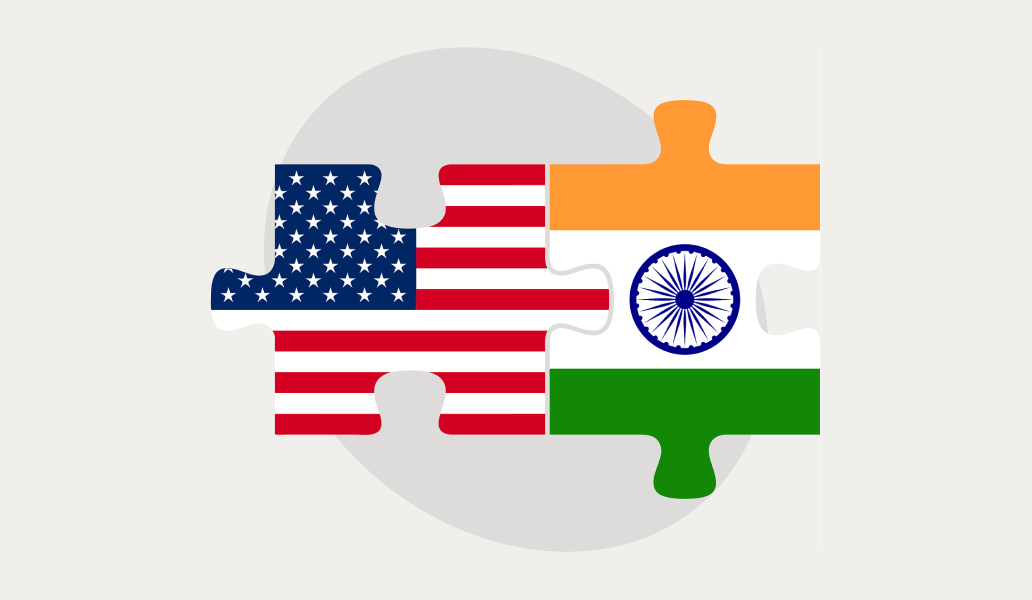

The Indian American diaspora has reached new milestones in the last several years. It has not only become the largest Asian American group (as per race alone category of the U.S. census) in the United States but gained greater visibility in the political arena with Kamala Harris as the first vice president of Indian and Jamaican origin as well as the presence of Indian American candidates in the Republican presidential primaries. Indian American presidential candidates in the Republican primaries have pointed to ideological diversity within the diaspora even as Indian Americans remain overwhelmingly Democratic voting.
In the context of U.S. politics, the diaspora has shown support for issues that are racially and socially inclusive and largely aligned against the recent authoritarian and populist resurgence in American politics. The second or later generations from the diaspora are even more liberal and inclusive in their political orientation. At the same time, a significant section of the diaspora has expressed its support for a particular brand of exclusionary nationalism in the context of Indian politics. Others in the diaspora have expressed deep concerns about the state of democracy and social cohesion in India. This contestation within the Indian diaspora is an important aspect of how diaspora has evolved. The level of disconnect between diasporic political orientation in the context of American politics in contrast to their orientation in relation to India has been underlined by many analysts of the Indian American diaspora.
In my book Desis Divided: The Political Lives of South Asian Americans, I suggest that the narratives about diaspora, both in the U.S. and India, often paint the Indian American community with a broad brush suggesting a unified community. The theme of unity has been a major staple of diasporic discourse but political contestations within the Indian American communities over the meanings and directions of the “nation” (home country) and how particular groups are placed therein suggest a different reality. A closer look suggests this narrative to be only a partial truth that homogenises a community that is deeply divided over the future of Indian politics and society and their own challenges in the US political system.
Any attempt to engage with the Indian diaspora in meaningful ways has to acknowledge that diasporic unity is a highly challenging goal to achieve. Instead, there are many diasporas that exist within the category of what we term as Indian diaspora. These many diasporas are comprised of different ethnolinguistic, religious, caste, class, sexual orientation and generational groups. To the extent that the diasporic communities engage with India, their visions of what Indian should look like do not lend to an easy possibility of diasporic unity. A more meaningful, democratic, and egalitarian approach should inspire us to acknowledge the cleavages and contestations within the Indian diaspora. One might imagine the diaspora also becoming a site where some of the most pressing conversations about India’s future can take place.
Are You Passionate About India's Future? Join Our Community to Collaborate, Advocate, and Create Positive Change.